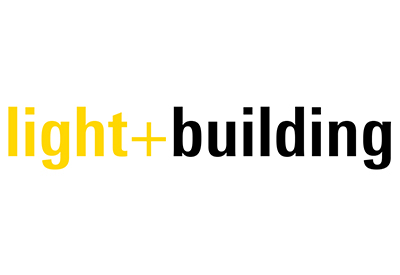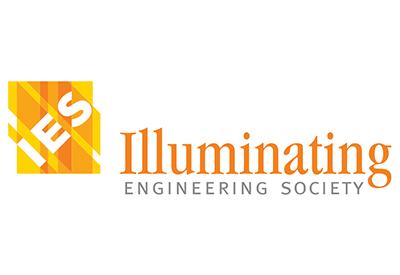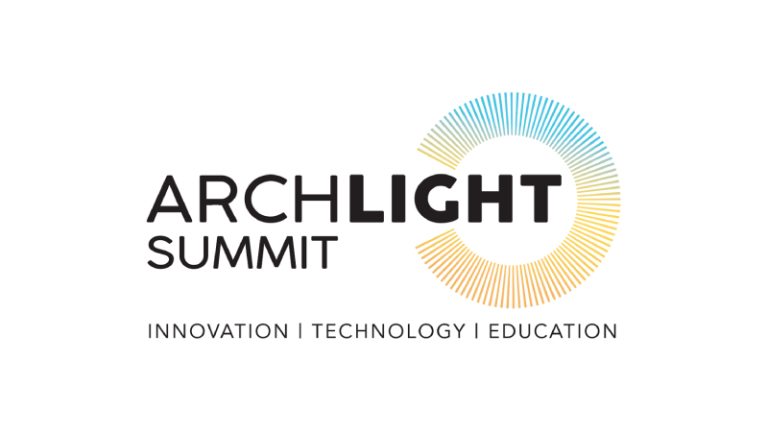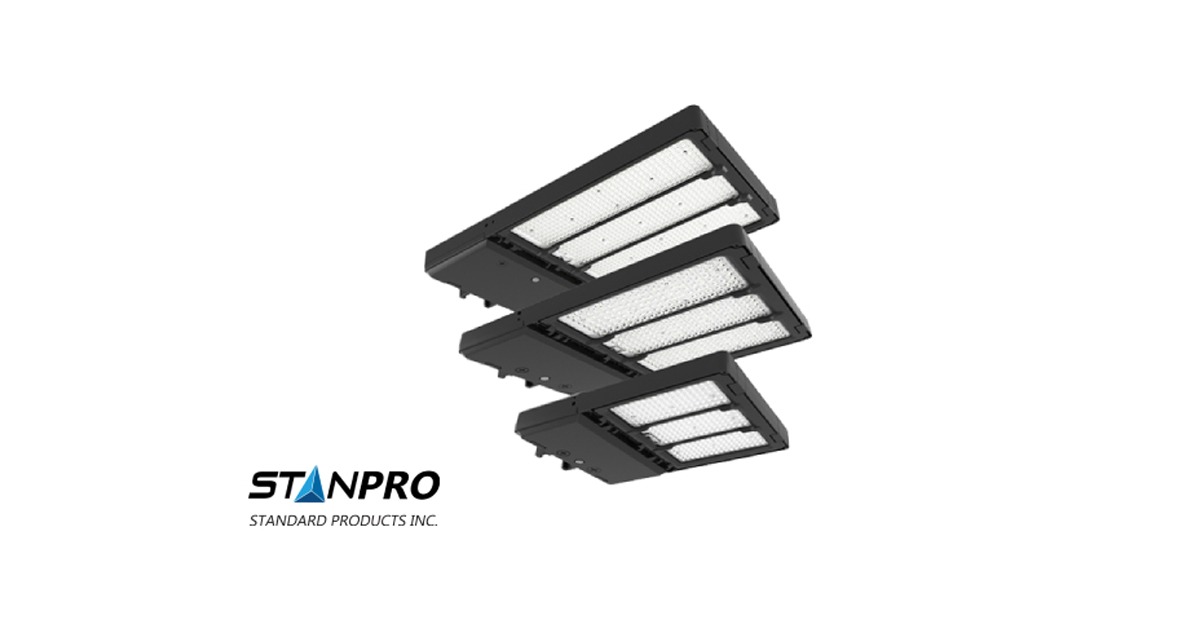DLC’s New Tech Requirements Came into Effect June 30, Delisting Many Existing Products

July 13, 2022
By Linda Longo
The DesignLights Consortium (DLC) deadline is thisclose. On February 14, 2020 the DLC® released Technical Requirements V5.1, with a notice that April 15, 2022 would be the deadline to update V5.0 listed products to V5.1. Those who haven’t updated to V5.1 will find their products delisted on June 30 and unavailable for rebates and incentives.
In October of 2020, it was predicted that 70-80 percent of DLC-qualified lamps and tubes will be delisted in June 2022, and will therefore not be eligible for rebates in almost all C&I Utility Rebate programs in the US and Canada.
Encentiv Energy’s CTO Mike Cham provided insight on the new listing, including feedback, obstacles, utility impact, plus new and upcoming transitions and guidelines on the horizon.
Question: For those who aren’t familiar with the current June 30 delisting deadline, could you provide a brief overview on the two policies for the V5 Technical Requirements and what the upcoming deadlines mean for lighting manufacturers?
Mike Cham: V5.1 is the 2nd step in the implementation of the V5 version of the SSL Technical Requirements. The scope of V5 is fairly involved and complex, so the DLC decided to split implementation into two phases:
Phase 1 (5.0) focused on traditional requirements like efficacy and basic controllability reporting.
Phase 2 (5.1) introduced new requirements focusing on quality of light issues like spectral quality, light distribution, and discomfort glare. It also places more requirements on controllability, with additional reporting requirements, but also, most importantly, general dimmable capability requirements.
The dimming portion of the specification has generated the most intense reaction from industry. The April 15th deadline meant that manufacturers that wanted to have their 5.0 products listed continuously – and therefore eligible for utility incentives throughout 2022 – needed to have completed that process by that date. The June 30th deadline means that after that point, products that have not been requalified at 5.1 will no longer appear on the DLC Qualified list and therefore will not be eligible for utility incentives in many programs.
Q: For those products that weren’t updated by April 15 and will be delisted on June 30, are manufacturers able to relist once those products meet the technical requirements of V5.1?
MC: Yes, they can always relist if they can meet the requirements.
Q: How does this transition and the delisting of products impact industries outside of lighting manufacturers?
MC: Several groups outside of lighting manufacturers are impacted. Lighting distributors who have stocked lighting products that will be delisted will suddenly find those products are no longer eligible for rebates in many programs. Contractors who purchase and install lighting will need to take extra care to specify eligible products or clearly track which products are no longer rebate eligible so they do not find themselves in conflict with their customers who have been quoted rebate estimates.
Q: What is the greatest obstacle with the V5.1 transition?
MC: The greatest obstacle we have been made aware of by the industry is the general dimming capability requirement for almost all products. They claim that for certain products, in some use cases —especially industrial, the additional costs due to technical re-engineering and additional components are imbalanced relative to the customer’s desire to pay for dimming in those cases.
Q: What is the greatest benefit with the V5.1 transition?
MC: There are many benefits for different parties. Bringing balance to the equation for efficacy vs. quality has been touted as the biggest benefit. The pursuit for efficacy has sometimes led to some customer complaints about lighting quality. Increased transparency about product capabilities in key areas can help utility programs manage the incentive programs, providing higher incentives for better capabilities. The emphasis on controls should lead to greater energy savings opportunities.
Q: Which products are predicted to be the most impacted by these new requirements?
MC: Almost all products are impacted. Of most concern has been replacement products like LED tubes and HID replacement lamps.
Q: Since these requirements were announced in February 2020, what has been the response from manufacturers?
MC: They have been supportive of some requirements but less supportive of others, particularly dimming.
Related to product design for these transitions, Encentiv Energy named a few predictions as to how lighting manufacturers can approach this transition.
- Solve the technical issues that allow them to update products as dimmable
- Resolve to increase product pricing/absorb additional costs required to have dimming capabilities added, and
- Find more creative ways in which to claim products are dimmable. There is no laboratory test for dimming, the policy is reliant on self-reported claims and product specification sheets for qualification.
Q: What are utilities doing about the transition?
MC: Utilities that have some proactive communication about the transition are offering split views. Some are holding firm that on July 1, 2022, only 5.1 products will be eligible for incentives; others are announcing they will offer a grace period for 5.0 products for several months or even up to a year. Other utilities are studying the issue and may not take a stance until after the delisting [when] they are able to determine if there is an impact on rebate applications.
Q: Are there any new transitions, laws, or energy efficiency guidelines from the DLC or other organizations that lighting manufacturers should look out for in the upcoming year?
MC: The updated rules for EISA are having an impact. Since the baseline for general service lamps is finally moving effectively to LED, incentives for those products will be reduced and/or phased out. Horticultural Technical Requirements V3.0 is out for comment, and the DLC Summit, held at the end of May, began mapping out future changes for the SSL and other related topics.
Encentiv Energy is tracking utilities who have publicly announced offering a grace period for 5.0 products. View the list here











